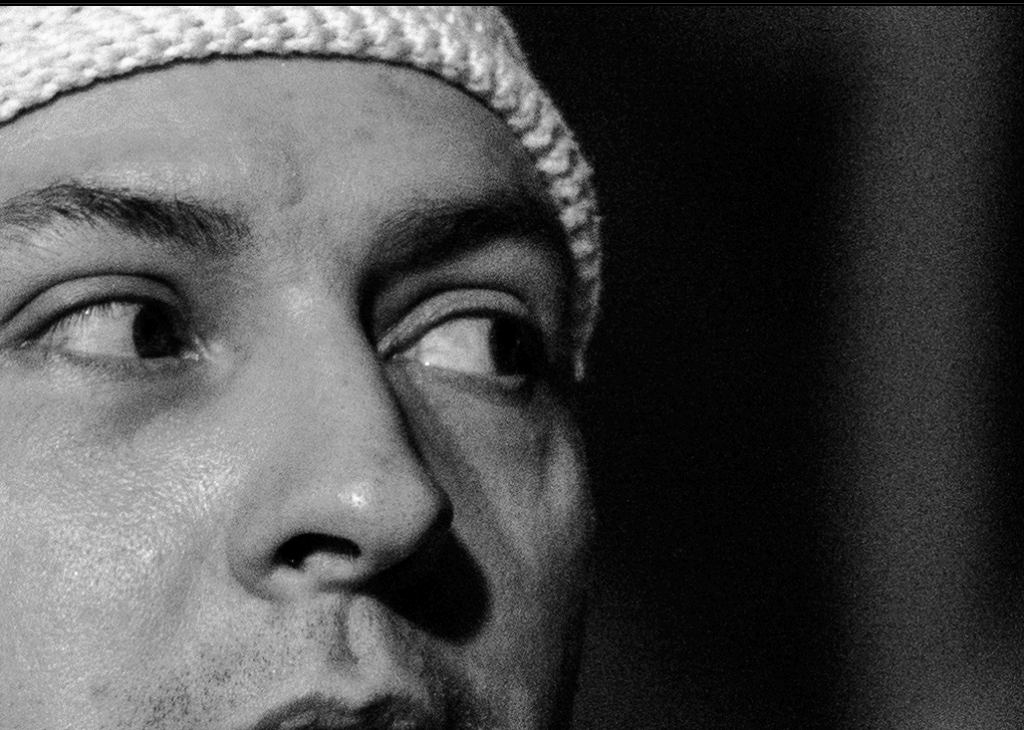The Fundamentals of Photography
In a later article, I’ll tackle what it takes to photograph a concert, but for now, I thought I would focus on the fundamentals of photography. There is no shortage of information on the Internet, in articles, and YouTube videos, covering this subject, but this is my take on it. I hope you’ll find the information useful, and not too confusing.
Photography is all about light. Even if you’re shooting at night, it’s all about light; specifically, it’s about getting the right amount of light onto your camera’s sensor. There are three elements that help you get the right amount of light into your camera: ISO, Shutter Speed, and Aperture, each of which will be covered in details below.
These three elements comprise what is known in the trade as the exposure triangle:
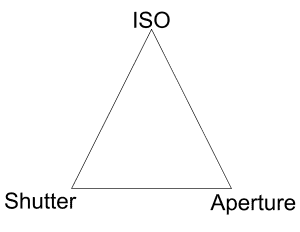 When it comes to capturing an image in photography, there is one correct exposure, or amount of light that is needed to properly illuminate the subject; however, there are different ways of getting to that exposure, depending on what you’re trying to accomplish. (Note: there is a difference between a proper exposure, and an exact exposure. An image can be slightly overexposed, or underexposed, and still look fantastic)
When it comes to capturing an image in photography, there is one correct exposure, or amount of light that is needed to properly illuminate the subject; however, there are different ways of getting to that exposure, depending on what you’re trying to accomplish. (Note: there is a difference between a proper exposure, and an exact exposure. An image can be slightly overexposed, or underexposed, and still look fantastic)
So what are all of these terms above? Aperture determines how open the lens is (and how much light it allows to hit the sensor), shutter speed determines how long the shutter is open (and how long light is exposed to the sensor), and ISO determines how sensitive the sensor is to the light. (ISO is the digital equivalent of film speed, and stands for International Standardization Organization).
Let’s look at a breakdown of what each of these mean, and what they do for your image.
Aperture
Aperture is directly related to your lens, and is measured in f-stops (2.8, 4.0, 5.6, 8.0, 11, 16, 22). The smaller the number of your f-stop, the larger your aperture opening is, and the more light that it will let in. Well, why don’t I just shoot my lens as wide (smallest number) that I can , and get my proper exposure that way? Well, you can, but all of your image might not be in focus.
Huh?
When you shoot at smaller aperture, you have a narrow depth of field, so detail in your image can be lost. Notice how the cat is in focus, and very clear, but the background is completely blown out? Also, if you look closely, you’ll notice that the eye closest to the camera is sharper than the one further away. That’s because the right eye was my point of focus; even the fur on the back of the cat’s neck starts to blur. That’s how narrow the depth of field is in this image.
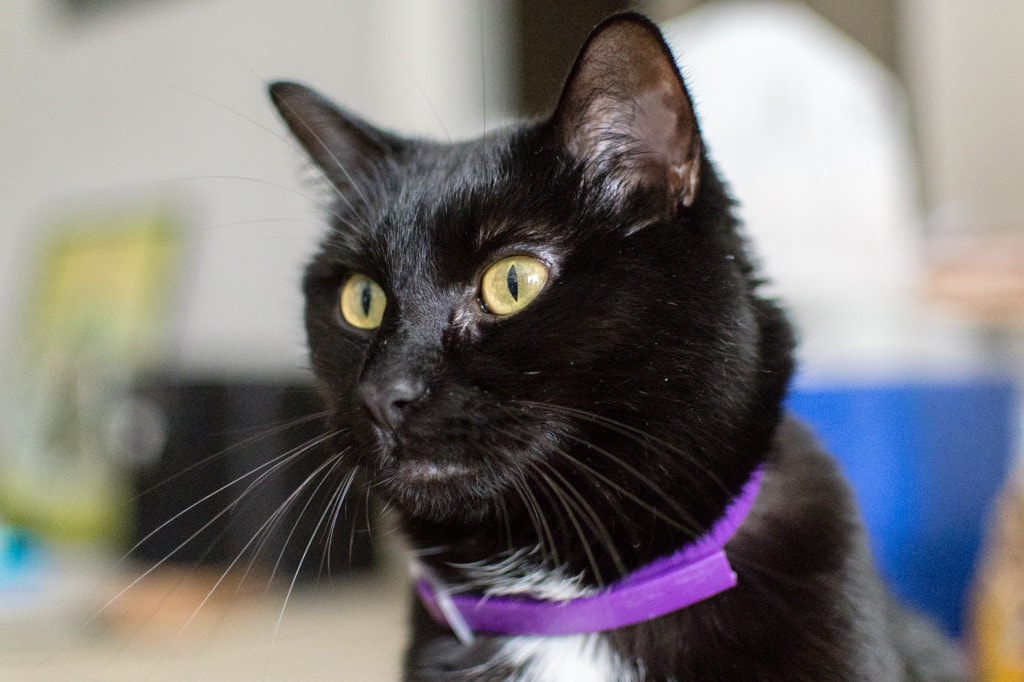
(f 1.8, 1/250 sec, ISO 4000)
In an image like this, a narrow depth of field, and a smaller aperture, will work fine, since the cat is the point of interest here, and the environment is not as important.
Suppose you’re photographing a small group of people, or a landscape/cityscape, the smaller your aperture, the more detail you’ll have in your image. Generally, with groups of four or five people, shooting around f/5.6 will leave everyone in focus; with landscapes, anything over f/11 will leave you with everything in focus.
You’ll notice in the below sections, that ISO and shutter are measured in halving/doubling ratios; the f/stop is, too, though it’s not quite as apparent, because it’s measured in ratios. I’ve included a link at the end of the article that can explain how this ratio works far better than I can, as it exceeds the scope of my intent.
Shutter
As mentioned above, shutter speed determines how long the camera shutter is open, allowing light to enter in. This one is simple enough, as it’s measured in seconds. Depending on your camera, the maximum, and minimum, shutter speeds will vary, but run at 1/8000, 1,/1000, 1/2000, 1/10000, 1/500, 1/250, 1/125, 1/60, 1/30, 1/15, 1/8, 1/4, 1/2, 1 sec, 2 sec, 4 sec, 8 sec, 15 sec, 30 sec. Notice the halving doubling relationship here. Some cameras have numbers in between, which are half and third stops, which allow for greater fine-tuning.
There is a rule of thumb which states not to use a shutter speed slower than the length of your lens (more on lenses in a later article). So if your camera’s lens were 200mm, you wouldn’t want to shoot slower than 1/200 of a second, unless you were using a tripod. But, generally, you can shoot handheld as slow as 1/80 if you brace your arms against your chest hard enough.
It should go without saying, then, that shooting at slow shutter speeds can risk blurring your images, and you probably wouldn’t want to shoot a moving subject (cars, kids, sports, etc…), at anything lower than 1/500 (feel free to shoot at a faster shutter speed than that, too). But, depending on what your subject is, a slower shutter speed can be exactly what you want.
Kansas City, where I live, is known as the City of Fountains. This is one of our more famous ones, the JC Nichols Memorial Fountain, located on the Country Club Plaza. Notice how, due to the fast shutter speed, you can almost make out beads of water in the image. Depending on what you’re going for, this may or may not be a bad thing.
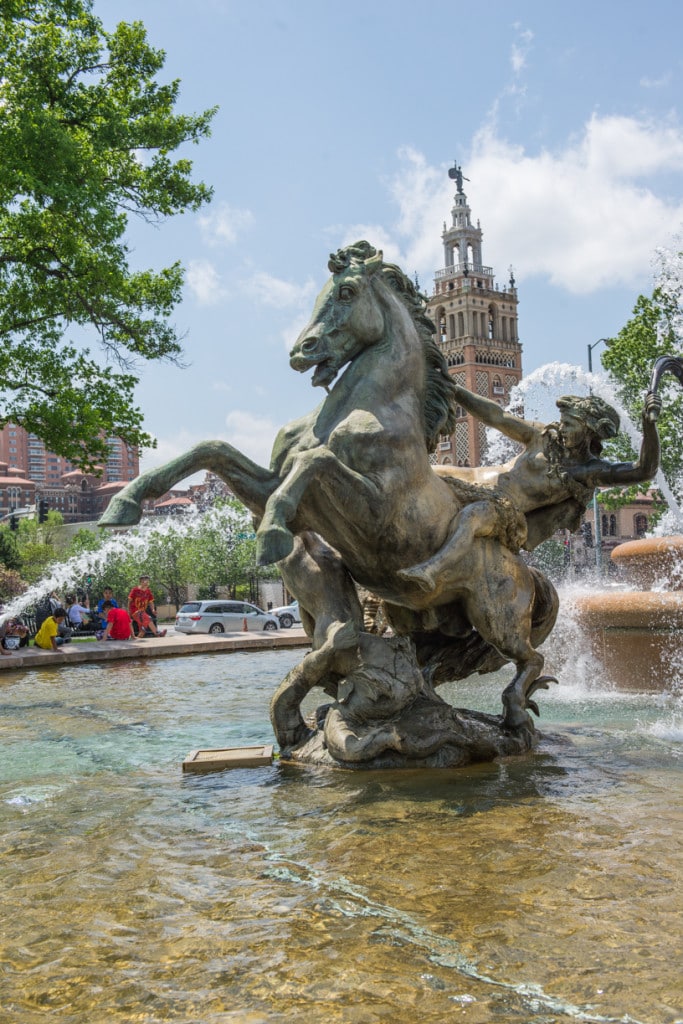
(f/8.0, 1/800, ISO 100)
But suppose you didn’t want to freeze the water, and wanted to show its movement. This is outside the Venetian Resort in Las Vegas. Notice how milky the water is, and how blurry the pedestrian on the left side is, while the rest of the image is sharp. This is because a longer exposure was used, without a tripod (those are generally frowned upon in Vegas).
If you’re shooting a non-moving subject, your shutter speed is really only limited by how steady you can hold the camera; when shooting portraits, or people who may be moving, I like to not drop below 1/250 sec.
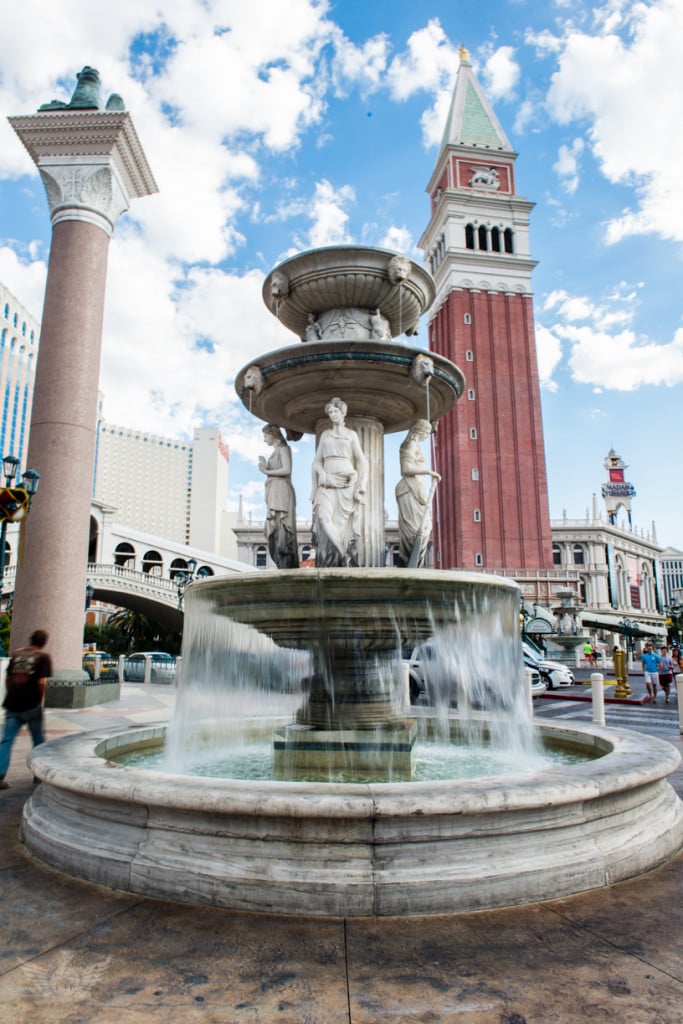
(f/16, 1/15 sec, 64 ISO)
ISO
ISO is one of the more difficult aspects of digital photography to explain. Like Shutter, and Aperture, ISO is measured in halving/doubling ratios, (100, 200, 400, 800, 1600, 3200, 6400). Again, some cameras will go higher, or lower but the principle will be the same.
As mentioned at the start of the article, ISO is the digital equivalent of film speed, and affects how sensitive your camera sensor is to light. The brighter a scene is, the lower you’ll need to set your ISO; the darker a scene is, the higher this will have to be set. But, as with aperture and shutter speed, there is a trade-off with ISO.
The higher you set your ISO, the more noise you’ll see in your image. This noise will usually be found in the shadow portions of your image (where there’s less light to be found). Different cameras handle noise differently. Some cameras will start to show appreciable noise around 800 ISO, while others can go towards the 10’s of thousands before there’s any semblance of noise.
Of course, there are a factors that will affect how grain is seen, one being your exposure, the other being the distance to your subject. Generally, the closer your exposure is to being correct in camera, by getting your aperture and shutter speed correct, the less noise you’ll see in the image; the other has to do with your distance to the subject (which, again, has more to do with how much of your subject is in shadow).
Here’s a shot of a musician from a local band, at a local bar. As I’m sure most of you know, lighting in a bar is almost non-existent, which makes photographing bands quite a task. But the image below looks clean, right? The bass player is in focus, his eyes are expressive, you can make out the sign for the bar in the background. Take a look at the close crop below the image.
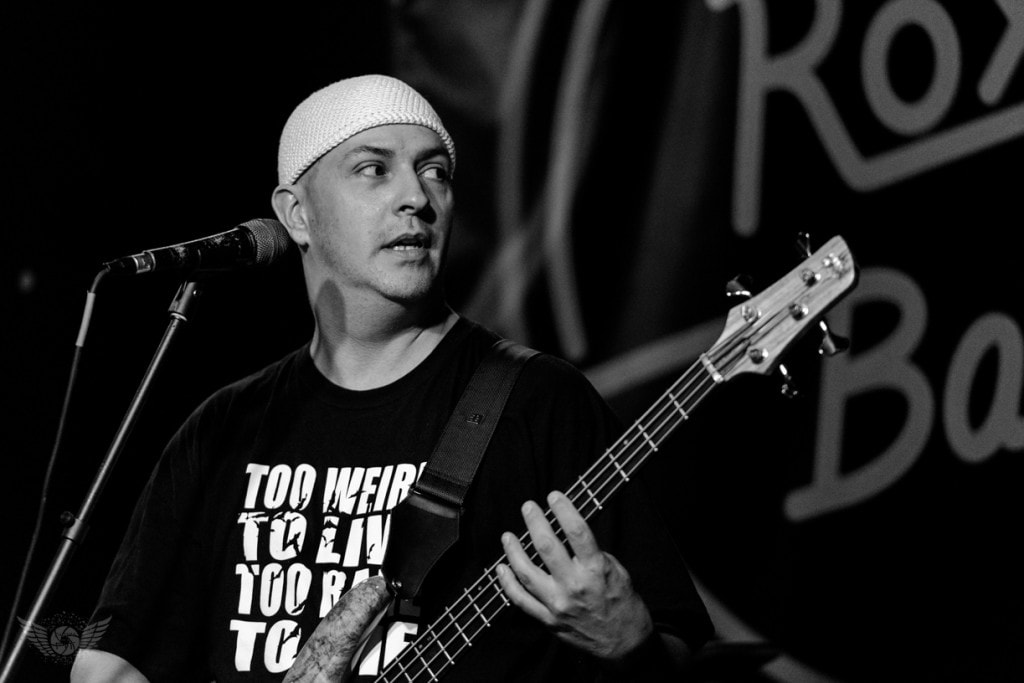
(f/3.2, 1/160, 6400 ISO)
This was taken from the same image, just zoomed in at 100%. Notice how on his white hat, the noise is virtually unnoticeable. His forehead is pretty clean, too…when we get to his cheeks, the image starts to get grainy, and when we hit the dark points of the image, that’s when it’s really noticeable.
So the further you move away from your subject, the more the image starts to degrade, at higher ISOs.
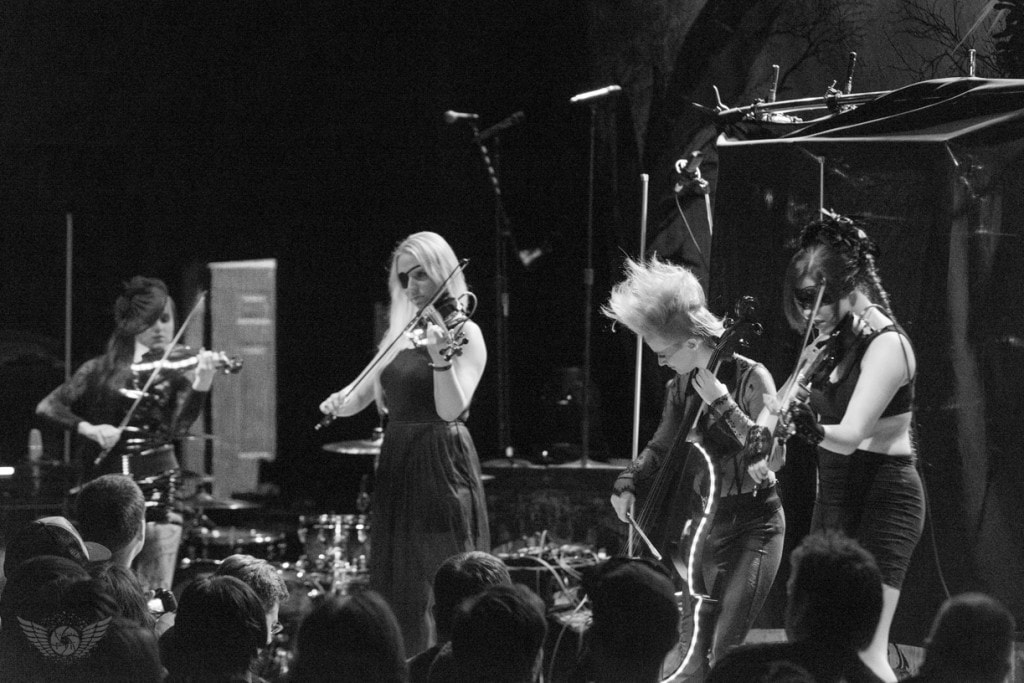
(f/3.2, 1/100 sec, ISO 6400)
I hope you’ve seen by this point, the delicate balancing act that goes into finding the correct exposure for your image. I know there was a lot to take in, and you have have had to learn some new terminology, but once you understand each component of the exposure triangle, and how they play in together (and, most importantly, what you want out of your image), you’ll see that there’s really nothing to it. In fact, if your camera has a Manual mode, there’s probably a meter in your camera that can help you on the way, consult the instructions that came with the camera for more information on this, how on how to change shooting modes from auto, to manual, if your camera has this functionality.
Links:
